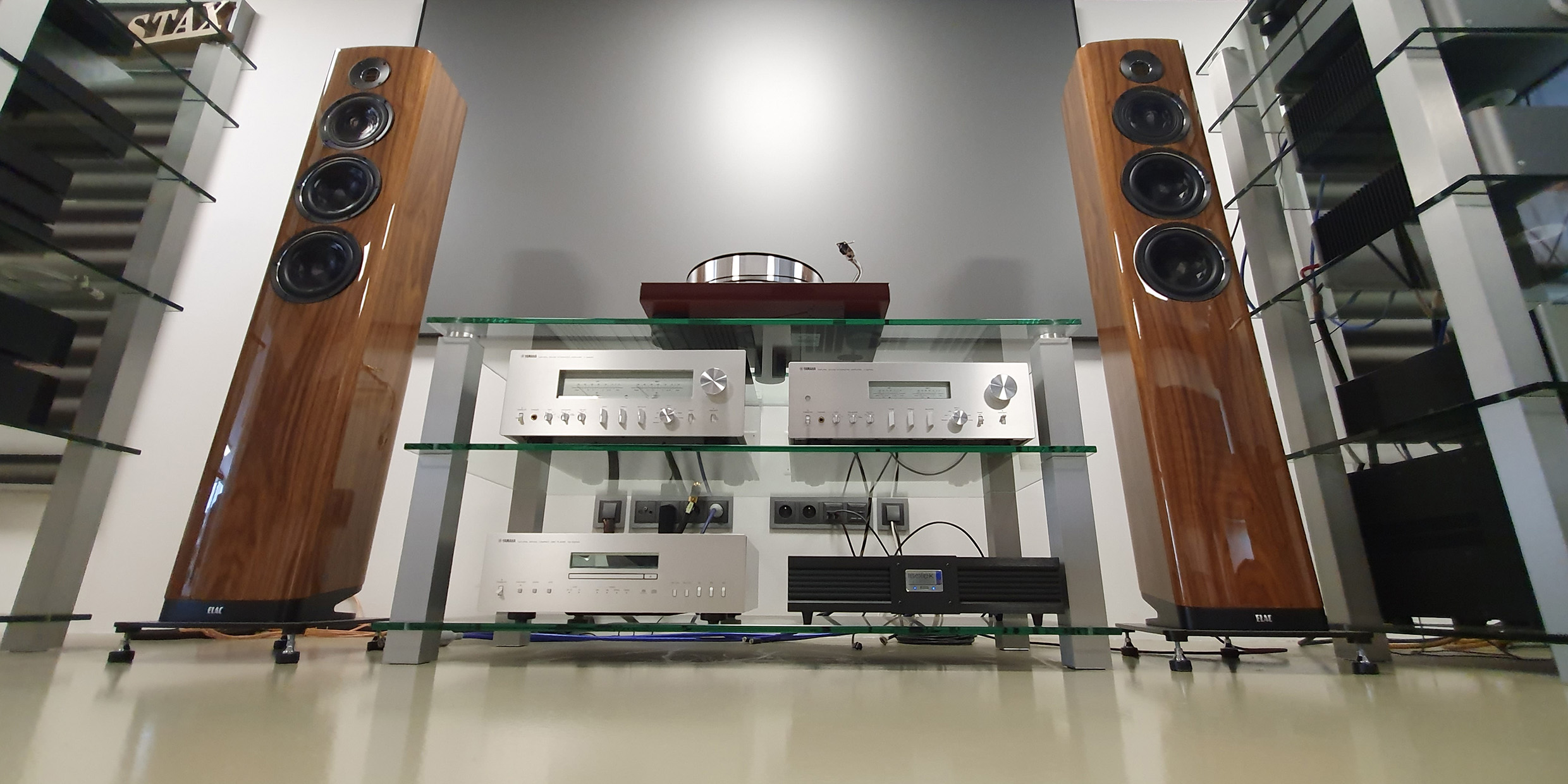Originally published 16 March 1992
A friend down in Florida sells high-end stereo equipment. By high end, I mean off the top of the scale. He has music systems in his shop that cost more than my car.
He is a perfectionist. Nothing but the best recordings and sound reproduction equipment will do. In past years, this has meant well-cared-for vinyl LPs and a $25,000 top-of-the-line turntable. My friend looked down his nose at cassette tapes or CDs.
On a recent visit to his shop, I noticed a dramatic transformation.
LPs have given way to CDs. The $25,000 turntable has been replaced by a $6,000 CD changer.
Another analog audiophile has surrendered to digital sound.
In analog recording, sound is reproduced as wiggles in the groove on a vinyl disk or levels of magnetization on a tape. The continuous variations of the groove or magnetized tape are analogous to the continuous variations of sound.
In digital recording, the amplitude of sound is measured electronically at frequent intervals, typically 44,000 times per second, and stored on CD or digital tape as a string of numbers, or digits. On playback, the numbers are converted back into sound.
Grooves on a vinyl record can wear out (especially on a cheap turntable), and magnetic tapes can demagnetize and blur. But binary numbers, once stored, never change. That’s one obvious advantage of digital recordings.
However, the conversion of sound into binary numbers and back again can be far from perfect. Until recently, my friend would have said that these electronic transformations cause an unacceptable sacrifice of fidelity.
Now, apparently, he has changed his mind.
One reason is better electronics, and therefore more faithful recording and playback.
Another reason is what computers can do with sound while it is stored in digital form.
My friend’s new ultimate system has at its heart a $15,000 Marantz AX-1000 audio computer, designed by Philips in the Netherlands and made in Japan. Two small color monitors on the face of the machine display a wealth of processing information. The computer is supplemented by a Nakamichi 1000mb 7‑disc CD player, selling for $6,000, and a pair of $15,000 Meridian D6000 remote-controlled, self-tuning speakers.
Here’s what a customer gets for his money. The computer can do straight-forward stuff like scratch suppression. It can also adjust music for the particular acoustics of a room. It pumps out “pink sound,” a kind of all-frequency static, listens to the response, and determines how the room responds to different frequencies. Then the computer changes the sound to correct for any undesirable distortions.
Once the acoustics of a room have been straightened out, the computer can add unique acoustical effects of famous concert halls. By punching a few buttons on a remote control, one can listen to music as it would sound in Vienna’s Grosser Musikvereinssaal, Bayreuth’s Festspielhaus, New York’s Met, or Boston’s Symphony Hall.
My friend’s high-tech, high-priced equipment produced some impressive, bone-trembling sound, but, quite frankly, I couldn’t tell the difference between the concert halls of Boston and Vienna, nor could I detect the effects of “tuning” the room.
“Just listen to that!” he gushed as he made some subtle adjustment. He spoke a language of “poise,” “color,” “texture,” and “articulation.” I listened but missed the subtleties.
Nevertheless, I felt I had seen the future. Soon, even inexpensive audio equipment will contain sophisticated computers, and ears will become mere appendages to silicon chips. Computers will eliminate hiss and hum from flawed recordings, or add the sounds of shuffling feet, coughing, and rattling programs to achieve true concert-hall sound. Computers will correct for distortions caused by imperfect speakers or amplifiers. Computers might also change the sound of a horn to that of a flute, or transform the distinctive shadings of Van Cliburn’s style into the nuances of Horowitz.
Assuming, that is, that we want such things.
Digital recording plus computers equals a music revolution. Philips and Sony and other audio equipment manufacturers will find a hundred ways to lure us to the cutting edge of the new technology — miniaturizing, computerizing, adding features, enhancing fidelity — teasing us out of dollars and sense.
Already, my old LP collection sits on its shelf in shabby but dignified silence. Nearby is a growing collection of iridescent compact discs in glittering plastic cases — scratch-proof, programmable, compatible with computers. Soon DATs (Digital Audio Tapes) and DCCs (Digital Compact Cassettes) will climb onto the shelf with the CDs — and my affectionately-regarded analog records in their tattered cardboard slipcases will be tipped into the rubbish bin of history.



